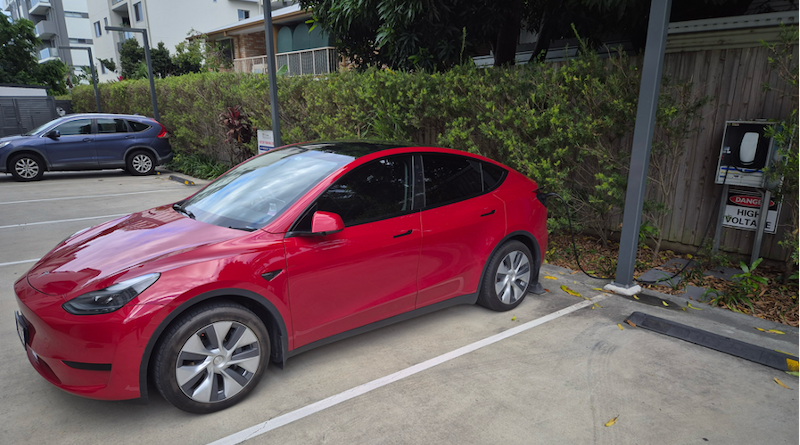Denmark launches online tool for rooftop PV potential
The Danish Energy Agency has developed an online tool to assess rooftop solar potential, using laser scan data and building registrar information. The solution does not assess the economics of projects.

The Danish Energy Agency has developed an online tool to assess rooftop solar potential, using laser scan data and building registrar information. The solution does not assess the economics of projects.
The Danish Energy Agency has released an online tool to evaluate the PV potential of rooftops nationwide. The website sologvindinfo.dk displays the average solar exposure for each roof surface, helping owners to identify which areas of their rooftops receive the most solar radiation.
“Building owners get a new tool that will quickly and easily identify where they can most advantageously begin their detailed investigation of a solar cell project,” said Stig Uffe Pedersen, deputy director general of the agency. “This will make it easier to find out where solar cells on the roof most effectively contribute to the green transition.”
The tool relies on an elevation model created from a laser scan carried out by aircraft. It also uses building and housing data from the national register, along with meteorological information, shadows, roof slopes, and orientation. However, the tool does not account for local municipal regulations.
Pedersen said the model does not evaluate the economics of a specific solar project, such as the building's energy consumption, roof load-bearing capacity, or access to the electricity grid and existing facilities. “These factors must be investigated in more detail before a specific project can be assessed,” he added.
The agency said rooftop PV currently accounts for about one-third of Denmark's solar capacity. The total amount of installed rooftop capacity has tripled since 2020, primarily due to the adoption of electric vehicles and heat pumps.
What's Your Reaction?






























































